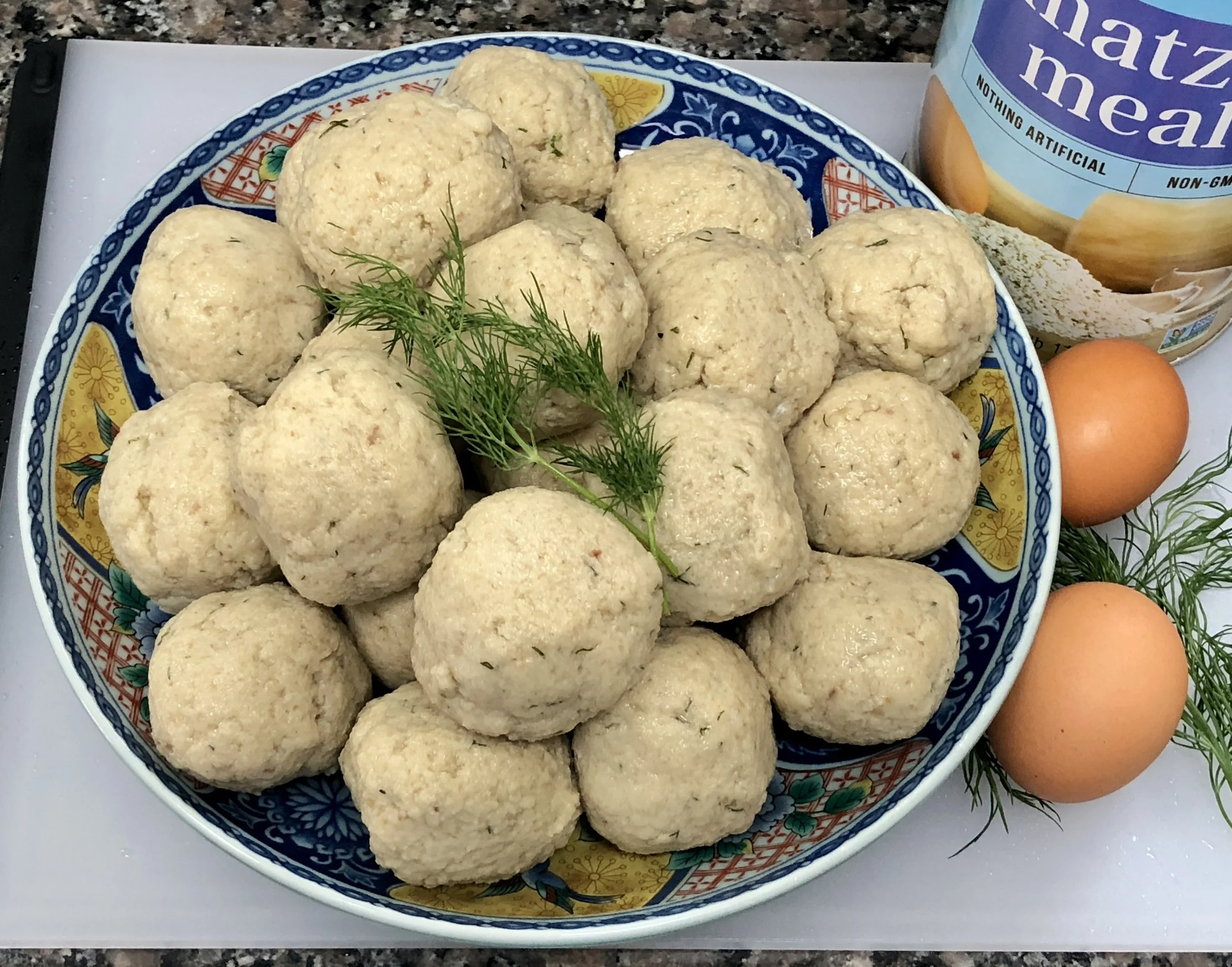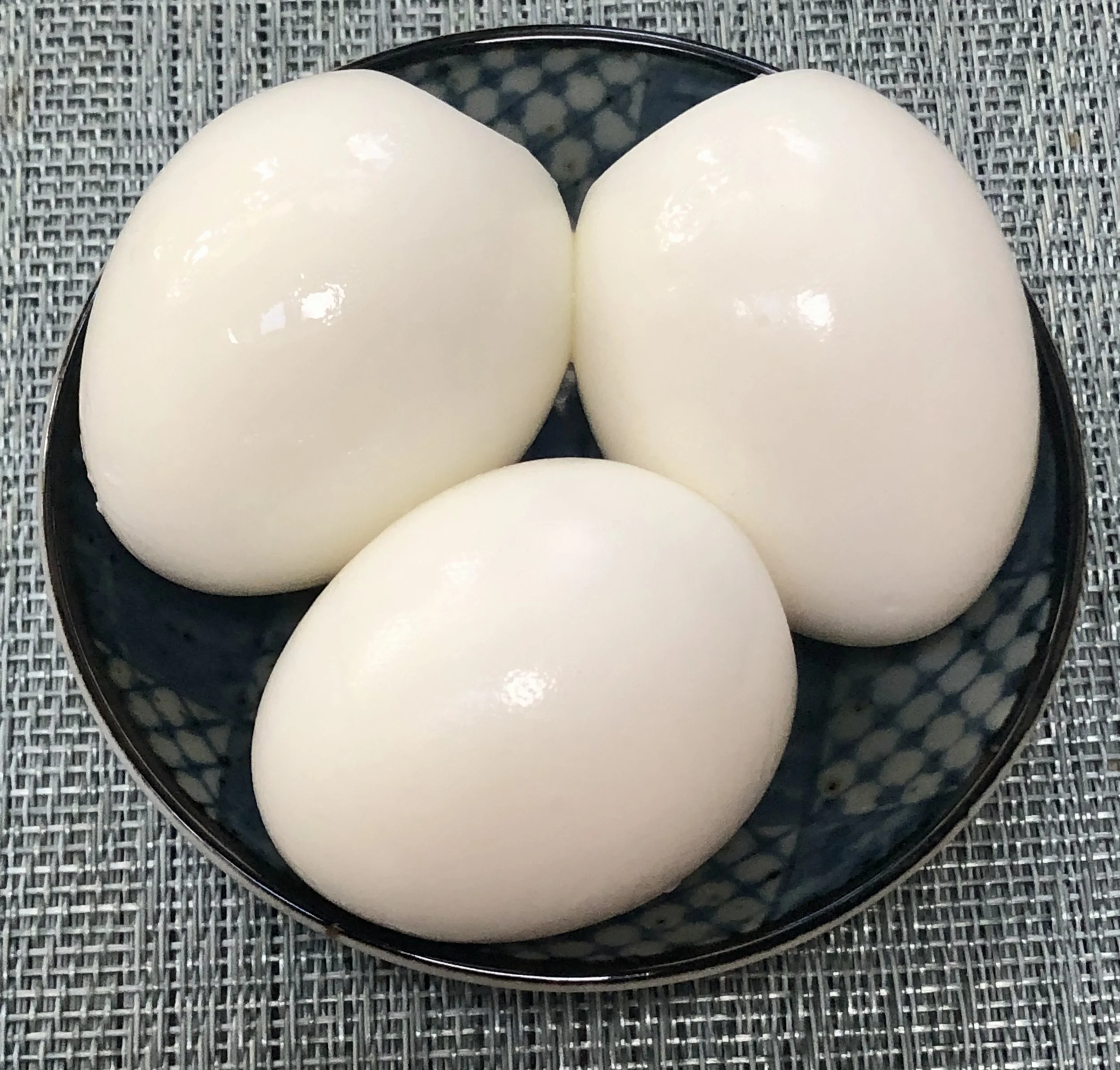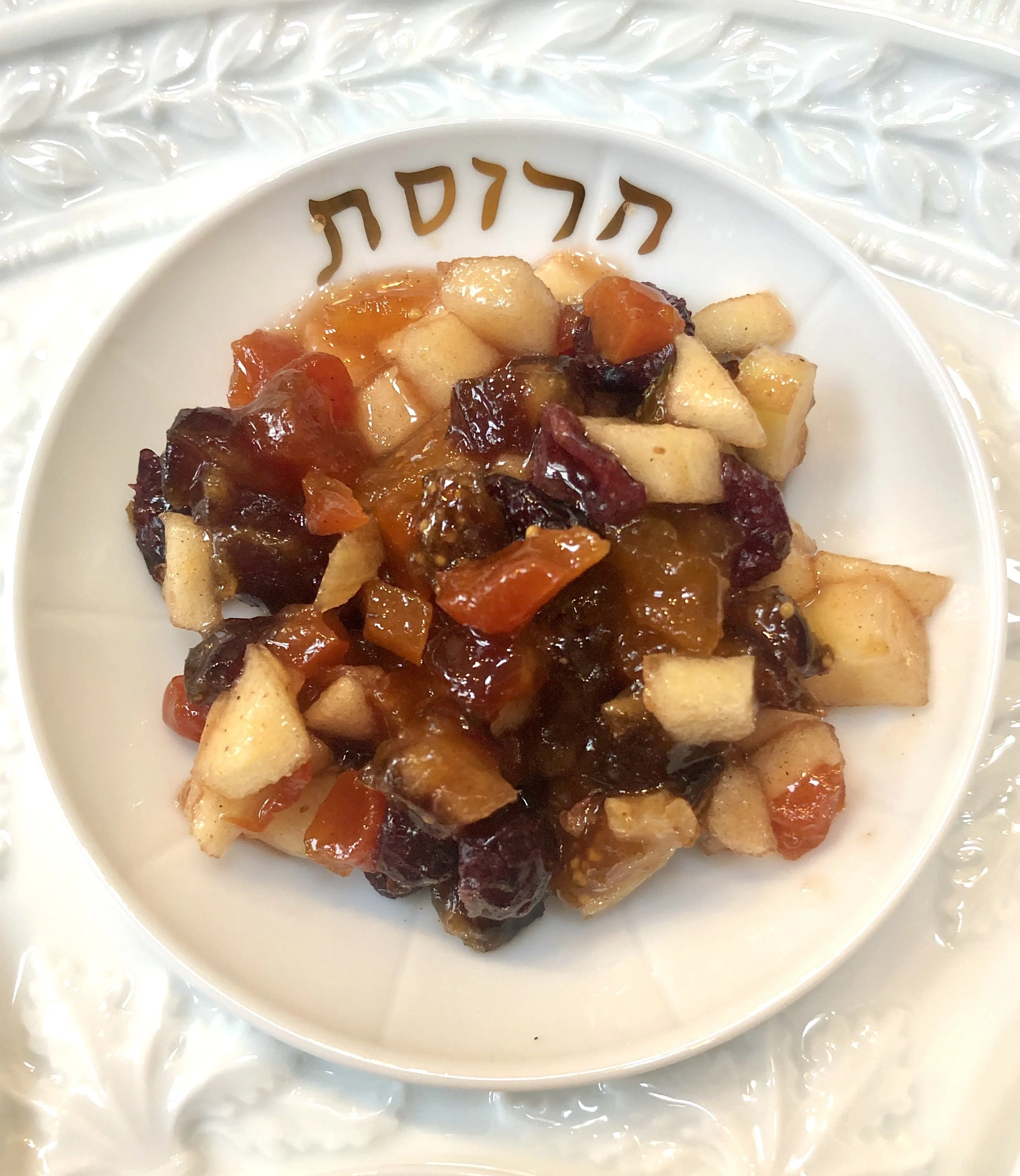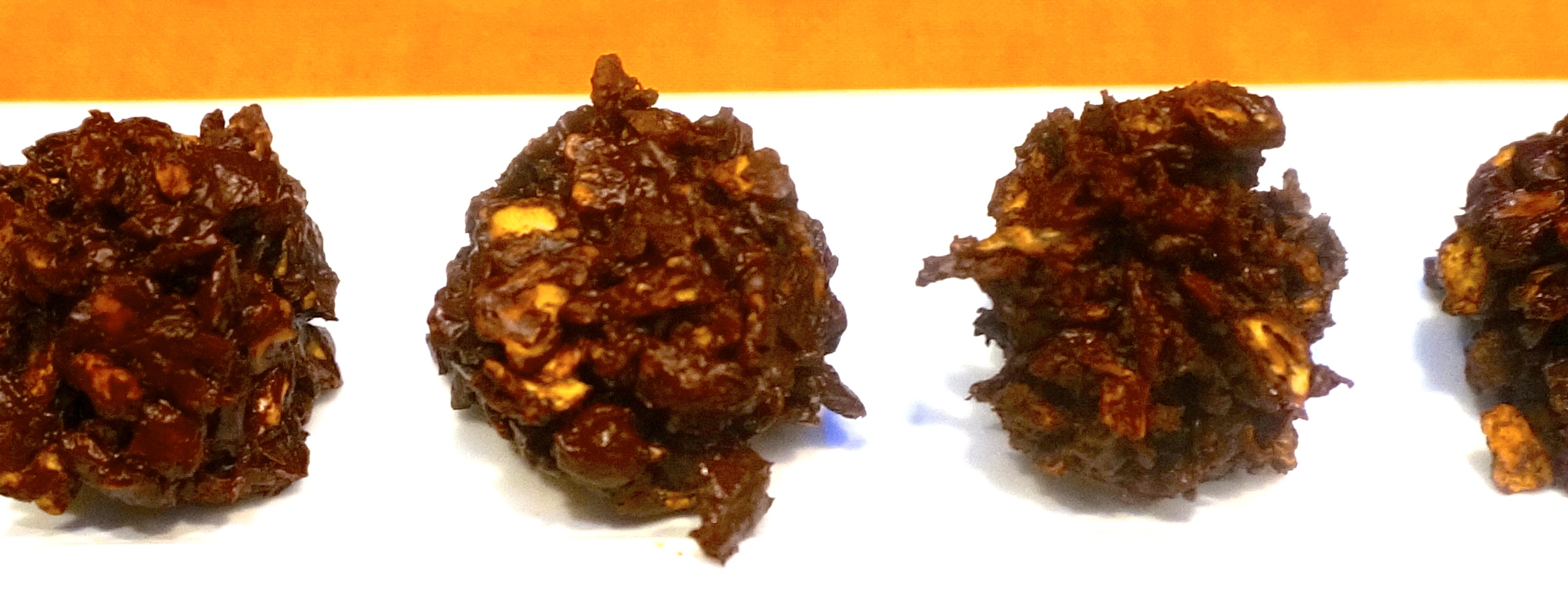The torch has been passed.
For the first time, after decades, I am not hosting Passover. One of my daughters is taking over (next year it will be my other daughter).
It feels weird, sad and thrilling all at the same time. Who knew that last year would be my last?
Everyone says “it’s good!” “it’s time!” And yet …. are we ever really quite ready? Those of us who never minded the preparation, the cooking, the utter exhaustion that leads to our remarkable celebration of Passover?
But I am not giving up completely! I am bringing food.
Of course.
My grandchildren, as grandchildren will do, have told their mother that only my matzo balls will do. And my stuffed cabbage and charoset. And that even when she uses my recipes, it is “not like grandma’s.”
Grand children are the absolute best. And I am so lucky to have my five.
Chag Pesach Sameach everyone. Shalom.
Here is the matzo ball recipe I use. The photo below shows the matzo balls I made yesterday.
MATZO BALLS
1 cup matzo meal
1 teaspoon salt
freshly ground black or white pepper to taste
1 tablespoon finely chopped fresh parsley or dill, or both, optional
4 whole large eggs, slightly beaten
1/4 cup melted goose fat, chicken fat, margarine or vegetable oil
1/4 cup chicken soup, water or seltzer
In a bowl. combine the matzo meal, salt, pepper and parsley or dill (or both). In another bowl, beat the eggs, melted fat and soup together. Add the egg mixture to the matzo mixture and blend thoroughly. Stir in the liquid. Cover the ingredients and refrigerate for about 30 minutes. Bring a large pot of lightly salted water to a boil. With wet cold hands shape the matzo mixture into 1-inch balls (you may have to re-wet hands occasionally). Add the matzo balls one by one to the boiling water. Lower the heat so that the water is at a simmer. Cover the pan and cook for at least 50 minutes (do not lift the cover) or until they are tender. Remove the matzo balls from the water. Place into the soup to soak up more flavor.
Makes 14-16









